Mitchell Park picnic area
Cattai National Park
Learn more
Learn more about why this park is special
Mitchell Park picnic area is in Cattai National Park. Here are just some of the reasons why this park is special:
A birder's bounty
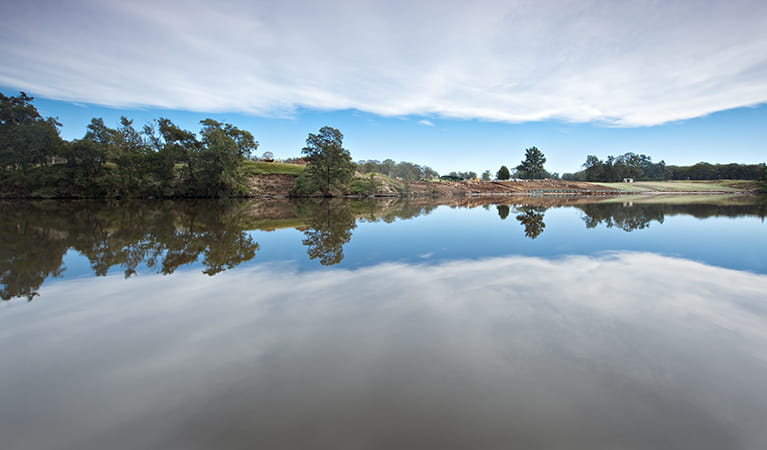
The park's riverside location, close to Longneck Lagoon, makes it popular with birdwatchers. Spot vulnerable black bitterns, powerful owls or rufous night herons. Visit the park's major wetland areas to observe several bird species otherwise scarce within Sydney.
- Mitchell Park walking tracks Mitchell Park walking tracks offer several linked walks through remnant rainforest, diverse woodland and wetlands, in Cattai National Park, near Windsor.
Aboriginal culture
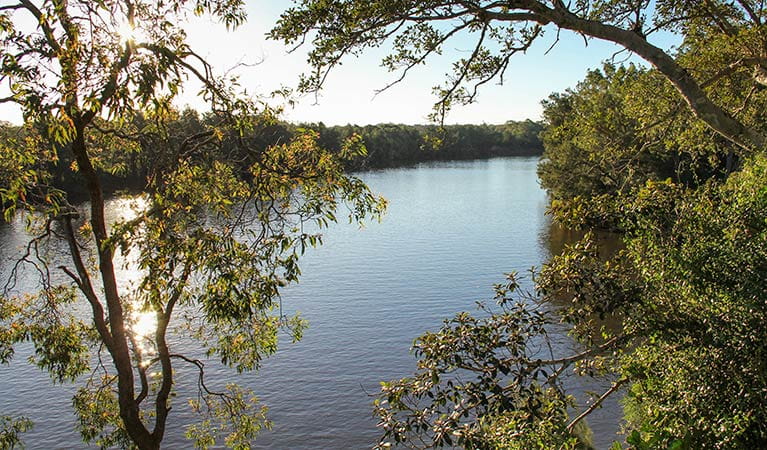
Cattai National Park is the traditional Country of the Darug people. The park's landscape, including the river provided a rich source of food, medicine, shelter and tools for the Aboriginal people who travelled through the area. The park protects a number of ancient Aboriginal sites that are evidence of the Darug people's ancient connection to the land, you may find axe grinding grooves on rocks as well as rock engravings and art.
An important landscape
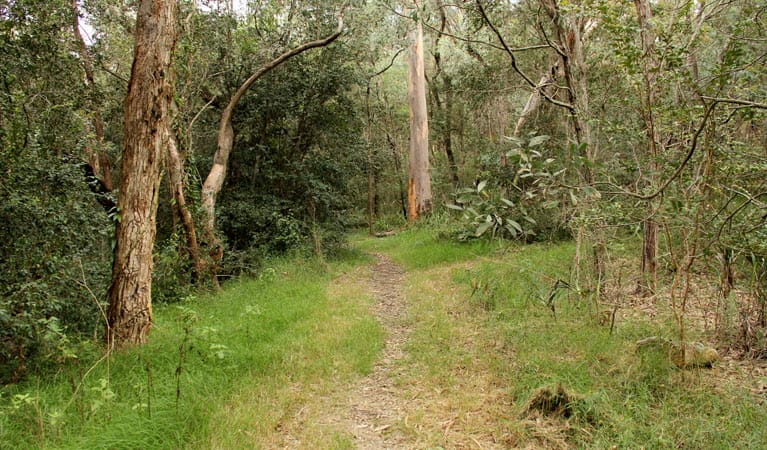
Cattai National Park lies within the Cumberland Plain, an important land system near Sydney that has been impacted by agricultural processes and urban development. Mitchell Park is significant because it contains much of its original vegetation, including paper bark, red gum, stringy bark, grey gum and cabbage gums. The best way to see the changing vegetation is along the Mitchell Park track, you'll notice that each part of the walk is named to describe the type of vegetation along that part of the walk.
Colonial history
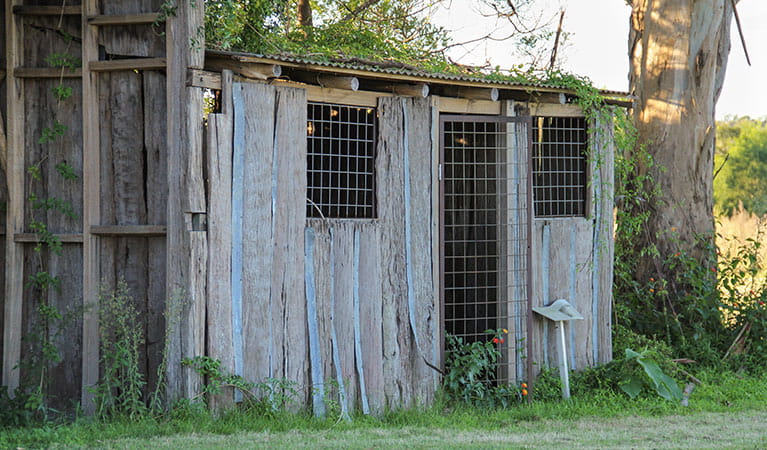
Cattai National Park is significant because it includes a parcel of land granted to First Fleet assistant surgeon Thomas Arndell. Cattai Farm and the surrounding area was home to seven generations of Arndell's, with the land remaining with descendents of Thomas Arndell for about 180 years. Today, several historic sites invite observation and journeying into the past; Arndell's 1821 homestead, convict-built walls and roads, grain silos and ruins of a windmill believed to be Australia's oldest industrial building.
- Cattai Homestead and historic farm buildings Cattai Homestead and historic farm buildings near Windsor, just north of Sydney, are an important part of Australian history and a must-see for history buffs.
Plants and animals protected in this park
Animals
-

Common ringtail possum (Pseudocheirus peregrinus)
Commonly found in forests, woodlands and leafy gardens across eastern NSW, the Australian ringtail possum is a tree-dwelling marsupial. With a powerful tail perfectly adapted to grasp objects, it forages in trees for eucalypt leaves, flowers and fruit.
-
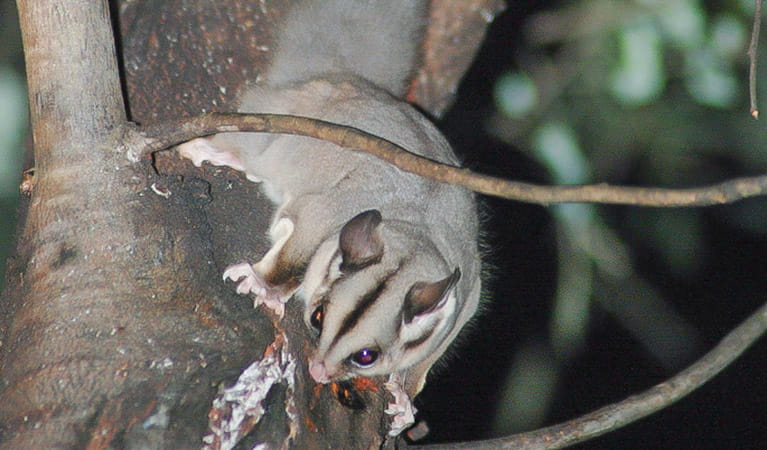
Sugar glider (Petaurus breviceps)
The sugar glider is a tree-dwelling Australian native marsupial, found in tall eucalypt forests and woodlands along eastern NSW. The nocturnal sugar glider feeds on insects and birds, and satisfies its sweet tooth with nectar and pollens.
-
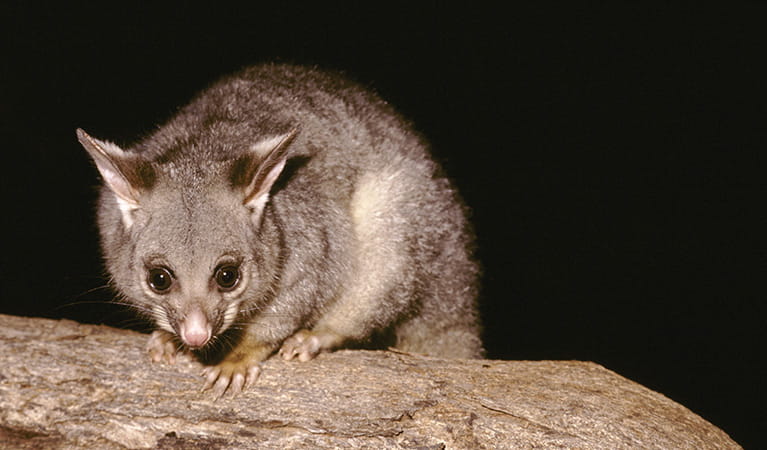
Common brushtail possum (Trichosurus vulpecula)
One of the most widespread of Australian tree-dwelling marsupials, the common brushtail possum is found across most of NSW in woodlands, rainforests and urban areas. With strong claws, a prehensile tail and opposable digits, these native Australian animals are well-adapted for life amongst the trees.
-
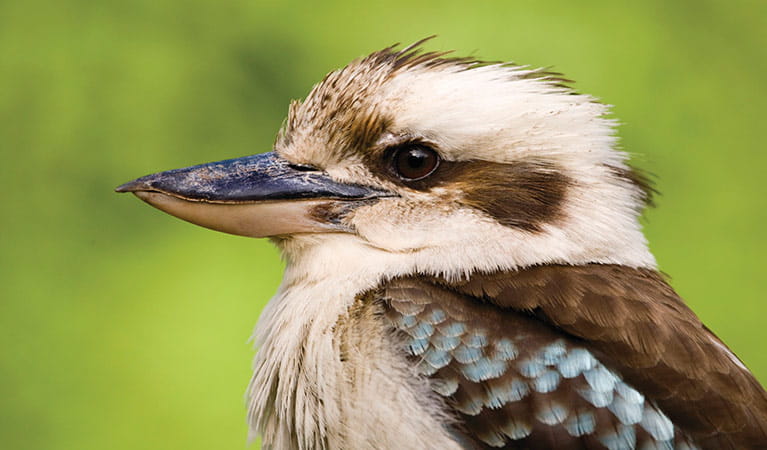
Kookaburra (Dacelo novaeguineae)
Of the 2 species of kookaburra found in Australia, the laughing kookaburra is the best-known and the largest of the native kingfishers. With its distinctive riotous call, the laughing kookaburra is commonly heard in open woodlands and forests throughout NSW national parks, making these ideal spots for bird watching.
-
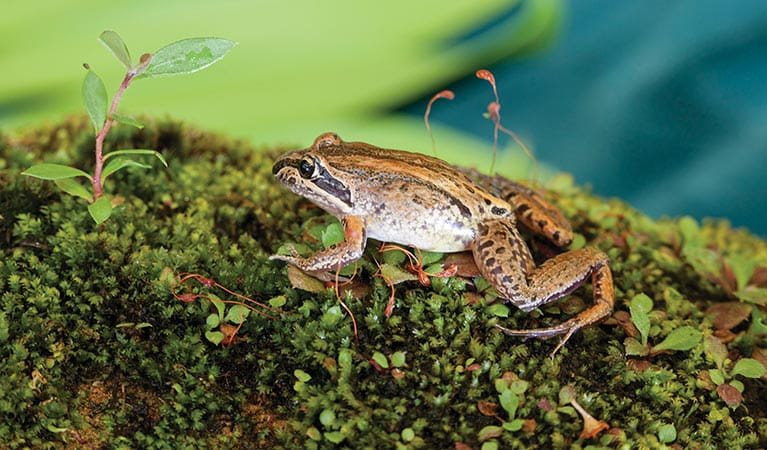
Brown-striped frog (Lymnastes peronii)
One of the most common frogs found in Australia, the ground-dwelling brown-striped frog lives in ponds, dams and swamps along the east coast. Also known as the striped marsh frog, this amphibian grows to 6.5cm across and has a distinctive ‘tok’ call that can be heard all year round.
-
Cumberland Plain land snail (Meridolum corneovirens)
The endangered Cumberland Plain land snail is only found on the Cumberland Plain, west of Sydney. During drought it digs deep into the soil to escape harsh conditions. Its brown shell is thin and fragile.
Look out for...
Brown-striped frog
Lymnastes peronii
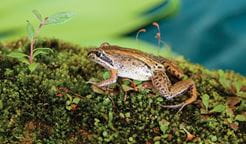
One of the most common frogs found in Australia, the ground-dwelling brown-striped frog lives in ponds, dams and swamps along the east coast. Also known as the striped marsh frog, this amphibian grows to 6.5cm across and has a distinctive ‘tok’ call that can be heard all year round.